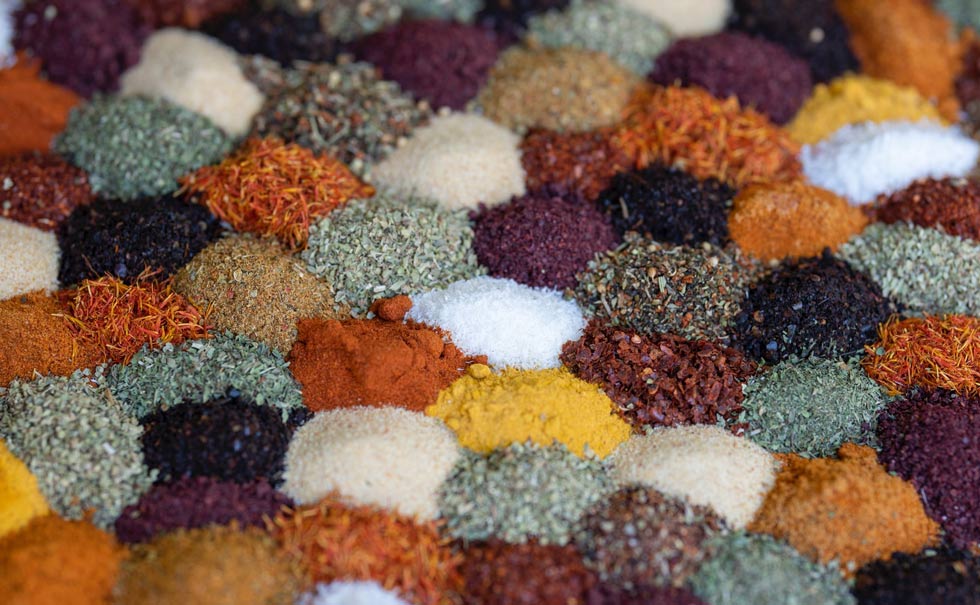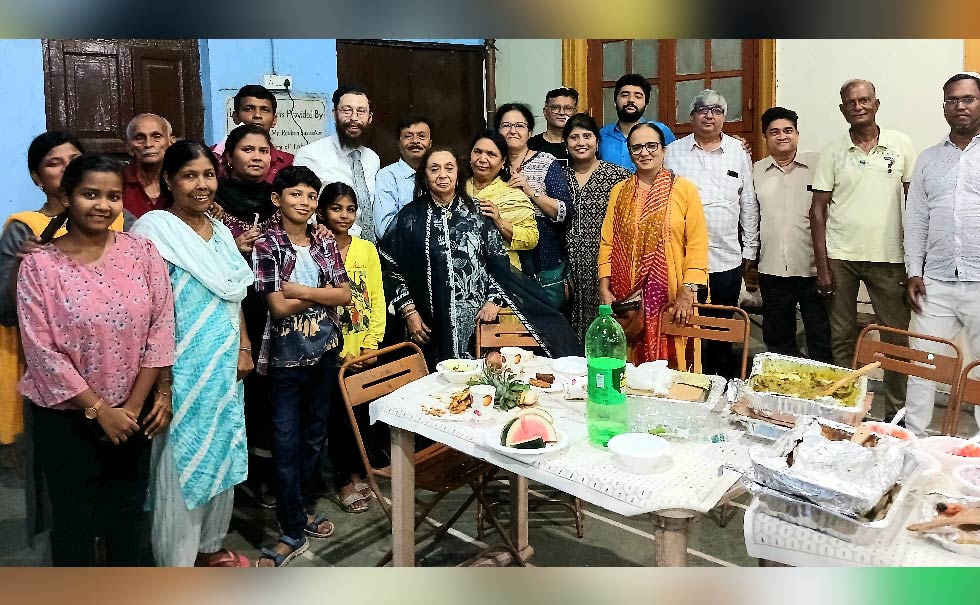Parshat Ki Tisa
Shalom U’vracha,
It’s been a busy week besides the new arrival – one of the most incredible things about birth is that it tends to overturn the scheduled normality of our lives entirely, it was an interesting “attempt” to return to work as well as trying to maintain some kind of stability for the other children – stability inside the home when the world seems so deeply confusing, is the most paramount concern for parents of small children at this time.
However, birth is such a powerful a life-changing event that holding onto the schedule in the house is literally impossible, and rightly so.
In our Parsha of Ki Tisa with a series of very important ideas, after the introduction of the Half Shekel to atone and provide a consensus of the people, we are told about the copper vessel needed to wash the Cohanim’s hands, the Kiyor.
After this, we hear the formulation for the incense recipe – no shortage of ink has been spared on the subject of the Ketoret or Incense Spice Formula and within the Kabbalah and Chassidut, it is a major topic as well within the Midrash, the subject of Ruach HaKodesh (Divine Inspiration) like that was granted to Yehoshuah Bin-Nun being of central focus.
The Midrash Tanchuma (Tetzaveh 15) notes that Hashem metaphorically appreciates the Ketoret offering more than all the other offerings we bring. The reason brought here is that other Korbanot serve a specific and dedicated purpose for our need, to atone for sin, express thanksgiving but Ketoret merely serves as a conduit for our joy and as the backdrop to the other experiences happening in the temple service.
The formulation is also a central part of our daily prayer service and we recite both the verses of the Torah and the accompanying Mishna as well (twice a day since we also include the Mishnah at Mincha).
A well-known allusion to Purim is also found within the incense formulation is found in the Talmud:
“They also asked him: From where in the Torah can one find an allusion to the greatness bestowed upon Mordecai? He replied: As it is written with regard to the anointing oil in the Tabernacle: “And you shall also take the chief spices, of flowing Myrrh (M’or De’ror in Hebrew)” (Shemot/Exodus 30:23); and we render Myrrh (M’or De’ror) into Aramaic as Mira Dakh’Ya, which resembles the name Mordecai” – Talmud Chullin 139b
In the context of my experience right now, the incense and its regulations make an interesting reverberation within me spiritually and reminds me of a certain Kashrut visit:
I was sent to visit a floral extraction facility in rural Dindigul an area in Tamil Nadu, this particular factory specialized in floral concrete extractions – since the oils contained in flowers are so delicate in such a small quantity a normal heat-based extraction loses a significant proportion of its pungency and requires a larger quantity of natural materials to achieve. To avoid this and achieve the maximum concentration of extraction they use solvents such as Hexane, Ethanol, or CO2 – to see the process is very interesting, a metric ton of flowers such as jasmine and tuberose are reduced into a surprisingly small volume of liquid, It takes approximately 1000 pounds of jasmine petals (about one million flowers!) to eventually create one pound of jasmine concrete (source: Arctander, S. (1960) Perfume and Flavor Materials of Natural Origin), these various floral extracts aside from their obvious usage in the perfume industry are also used in the food industry as both a flavoring and to infuse items with scent.
The first thing that occurs as you step into the factory is that you are hit with waves of an intense floral scent, what begins as a deeply pleasant and aromatic experience quickly becomes nauseating and difficult to be in the processing area – the smell is wonderful, but so powerful and concentrated that it is actually physically overwhelming:
The art of a perfumer is to blend the scents together in the correct selection of tones and ingredients and to achieve the desired scent that is desired by the designer.
A similar idea is expressed in music with the usage of silence or distance between the notes: too little and the phrasing can become a total mess, too little and the intonation can be lost completely.
The metaphor is applicable in many art forms and interests and underscores a central idea; life is not a singular pursuit but a quest for balance of its composite parts: our attempt to juggle our families, work, spirituality, leisure, and health into a life where the maximum enjoyment of the experience of being can take place.
For me this week, the balance of my life was totally thrown out – but in truth, we were just adjusting to the inclusion of a new ingredient in our family.
May we all be blessed to build lives of balance and meaning,
Rabbi Jonathan Goldschmidt 2021 ©




